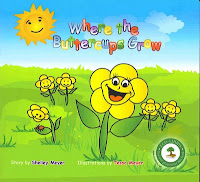
By way of Treehugger we learned about the results of a recent pilot program in Princeton University, using Amazon's Kindle e-reader device in place of books. Apparently, less than 2 weeks after 50 students were given Kindles to use in three of their courses, they were not satisfied.
It seems that while e-readers may have arguably come a long way as an alternative for reading books, at least the Kindle is far from being a suitable tool for academic learning.
From the Daily Princetonian:
"I hate to sound like a Luddite, but this technology is a poor excuse of an academic tool," said Aaron Horvath '10, a student in Civil Society and Public Policy. "It's clunky, slow and a real pain to operate."
Horvath said that using the Kindle has required completely changing the way he completes his coursework.
"Much of my learning comes from a physical interaction with the text: bookmarks, highlights, page-tearing, sticky notes and other marks representing the importance of certain passages -- not to mention margin notes, where most of my paper ideas come from and interaction with the material occurs," he explained. "All these things have been lost, and if not lost they're too slow to keep up with my thinking, and the 'features' have been rendered useless."
So, not there just yet. However, clearly e-book readers and the companies that manufacture them have been insinuating themselves into the future of education conversation. This pilot program is just one of similar news items such as the recently announced upcoming school library without books. What does this mean? That things are changing. This failed pilot is simply another source of feedback for the improved user interface for a device that one day will be able to provide students, their teachers and academics at large the right tools for paperless learning.






























